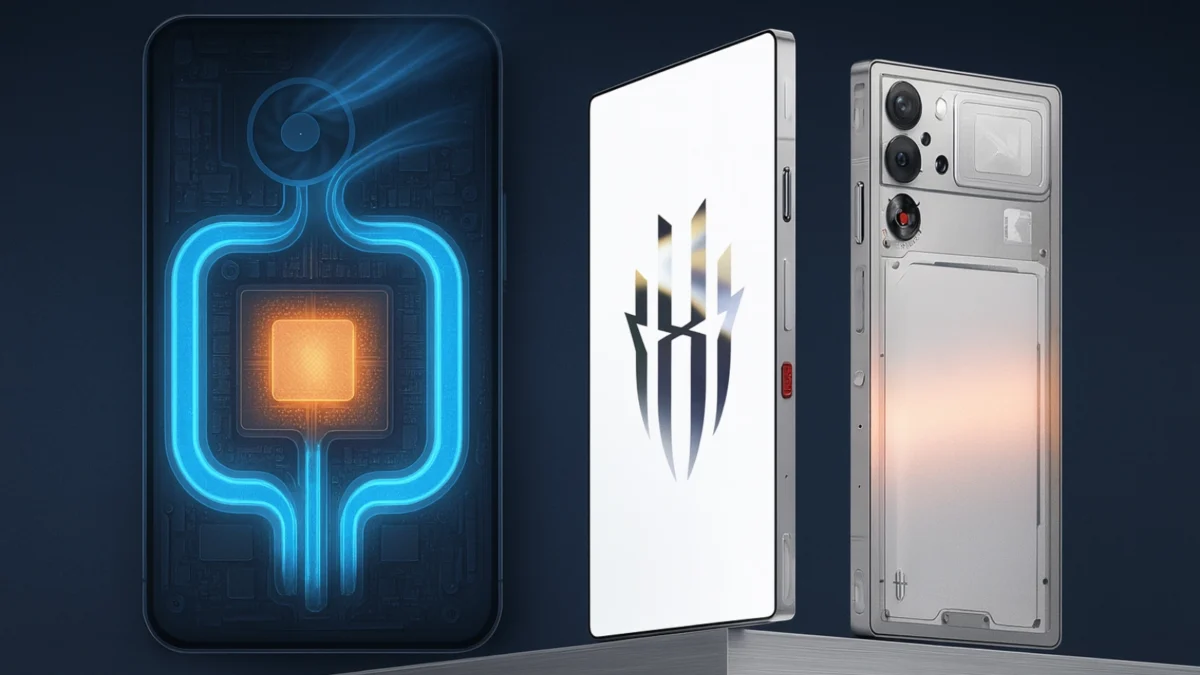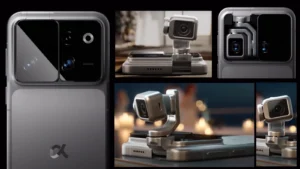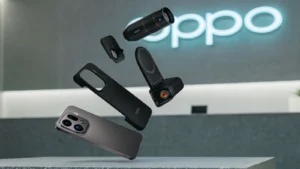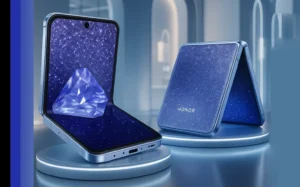When gaming phones first added tiny spinning fans, people laughed. “Why does a phone need a fan?” Fast-forward to today, and active cooling has become standard for high-performance devices. Now, Nubia’s upcoming RedMagic 11 Pro is rumored to push things even further — with a dual cooling system combining both air and water.
Water cooling inside a smartphone sounds risky, right? Let’s break down how it could actually work — and the engineering hurdles Nubia must clear before this bold design can become reality.
1. The Thermal Problem: Why Fans Aren’t Enough
Modern flagship chips like the Snapdragon 8 Elite Gen 5 can briefly hit 10 watts of thermal load under heavy gaming or AI workloads. Even advanced vapor chambers and small centrifugal fans struggle to dissipate that heat consistently without throttling.
Fans move heat by airflow, while vapor chambers rely on a sealed liquid that evaporates and condenses to move heat. But as chips shrink and their power density rises, those systems can’t always move heat fast enough away from the die.
That’s where liquid cooling — or more precisely, microfluidic cooling — comes in. Water transfers heat many times faster than air, if engineered correctly.
2. How Water Cooling Could Actually Work in a Smartphone
A. The Microfluidic Blueprint
A U.S. patent (US 12080626 B1) outlines “direct silicon microfluidic cooling” — a loop of coolant flowing through microscopic fins directly beneath a chip. The fluid absorbs heat, then exits toward a tiny radiator assisted by a fan.
In theory, the RedMagic 11 Pro could use a similar setup:
- Coolant Path: A sealed micro-channel loop runs beneath the SoC and GPU.
- Pump: A MEMS-scale pump circulates coolant through the system.
- Heat Exchanger: A miniature radiator near the fan releases heat into airflow.
- Reservoir & Wick: Capillary action maintains fluid continuity.
- Fan: Airflow enhances heat dissipation across the radiator.
B. Nubia’s Prior Patent Hints
Nubia previously filed CN 109362207 A, detailing a hybrid “air-cooled × liquid-cooled” module for smartphones. It described a liquid-filled channel near the SoC, supported by fins and a fan — essentially a stepping stone to today’s rumored system.
This suggests the RedMagic 11 Pro could evolve that concept into a more advanced microfluidic hybrid, pairing passive liquid cooling with active air assist.
3. The Hidden Costs and Engineering Hurdles
Building a liquid cooling system inside a pocket-sized device isn’t just about innovation — it’s about overcoming physics, manufacturing, and reliability.
A. Sealing and Reliability
Smartphones flex, vibrate, and drop. Even a tiny micro-channel leak could fry the mainboard. Maintaining perfect sealing at micron-scale joints under repeated heating cycles is notoriously difficult — something usually seen in server-grade designs like those explored by Microsoft’s microfluidic cooling research.
B. Power Overhead
Even a miniature pump consumes power. At 0.5–1 W, that’s not negligible for a battery-powered device, potentially offsetting the efficiency gains.
C. Manufacturing Complexity
Integrating microfluidic channels adds cost and risk. Any contamination or trapped air bubble could block the flow, reducing yields and increasing price.
D. Weight and Space
Adding a loop, pump, and radiator means extra weight and reduced battery space — tricky when rumors suggest an 8,000 mAh battery target.
E. Long-Term Durability
Coolant can degrade or collect micro-particles over time. Since users can’t maintain it, the system must last for the phone’s entire lifespan.
4. The Payoff: Why It Might Still Be Worth It
If Nubia can solve these engineering puzzles, the results could be game-changing:
- Sustained Performance: Peak speeds held longer during gaming.
- Reduced Throttling: More stable frame rates and cooler surfaces.
- Lower Noise: Fans could run slower thanks to liquid conduction.
- AI Readiness: As mobile AI workloads rise, efficient cooling will matter more.
This hybrid approach — liquid for conduction, air for convection — could set the blueprint for future high-performance devices.
5. The Bigger Picture: Smartphones as Thermal Laboratories
RedMagic’s rumored design isn’t just about gaming. It’s a glimpse into how microfluidic cooling could reshape not just phones, but wearables, portable PCs, and AI edge devices.
So the real question isn’t “Can they fit water cooling in a phone?” — it’s “Can they make it reliable, affordable, and safe enough for millions of users?”
If Nubia succeeds, the RedMagic 11 Pro could become the world’s first true liquid-cooled smartphone — not just one with a “liquid-cooled vapor chamber.” But the innovation will come with invisible costs: tighter seals, higher power budgets, and new failure modes.
Inside those microscopic pipes may flow the future of mobile performance — and a test of whether smartphone engineering can truly keep its cool.
Last Updated on October 18, 2025 by Lucy




